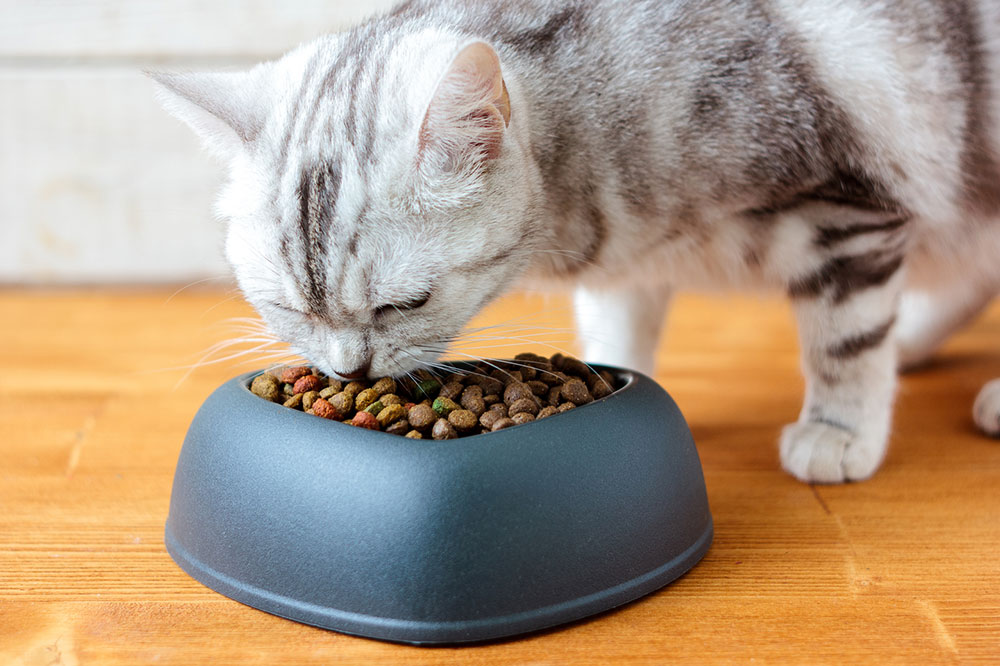Effective tips to treat cats without spoiling them

As much as one would love to pamper their furry friends with treats and all the love in the world, it is essential to not spoil them. Treats can be great to break the monotony of a pet cat’s regular diet and can serve as a reward for good behavior or tricks learned. But how does one understand how many treats to give? Or if the treats are good for their cats?
It is essential to pay special attention to the ingredients in the treats before selecting new brands. Consult a vet if unsure of anything and also double-check to understand the possibility of allergies and side-effects. Here are some of the very effective tips to treat cats without spoiling them, which every owner should learn for the better.
- Break the habit
Just like humans, even cats can develop a habit of fancy treats. This results in their unwillingness to have regular food and become more dependant on artificial treats. Thus, owners should strategically plan to treat their cats only twice or thrice in a week. This helps in breaking the monotony and also does not let them develop a habit in the long run. - Reward them with treats
One of the best tips to treat cats without spoiling them is to reward them when they are obedient. Rewarding cats with fancy treats, whether it is homemade or packaged, helps them understand and differentiate between the good and the bad as well. For example, owners should treat the cats whenever they avoid scratching or chewing shoes or sofas or do not eat from other’s plates, etc. - Learn when not to treat
Pet owners should understand when not to treat their cats. The love for their beloved pets is completely understandable, but not at the cost of their disobedience. One should never treat the cats every time they sit to have their meals or snacks. Even their mewing for treats at odd times of the day should not be given undue importance. Not giving importance to their begging or unruly demands is one of the best tips to treat cats without spoiling them. - Avoid giving too many packaged treats
Cats should mainly be treated with home-cooked foods. Most of the artificial treats available in the market are filled with preservatives and excess calories that are quite unhealthy and might also contribute to obesity. Replacing them with homemade treats like liver, eggs, lightly cooked veggies they like, fish, etc., is one of the best ways to treat them and ensure their health. - Love them!
Lastly, one should always shower love more and treat less. In the modern days when people are always on the go and rarely have time to spend quality time with their pets, treating them is the only alternative left. However, this results in increasing demands and unruly behavior which is not desirable. Thus, the owners should make it a point to spend time with their pets and let the furry friends enjoy their company too.


